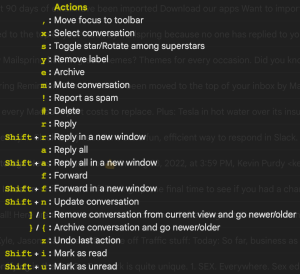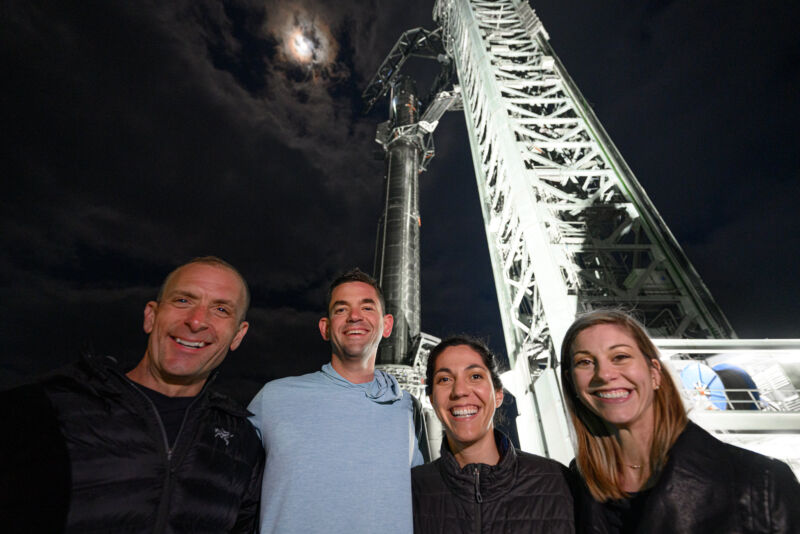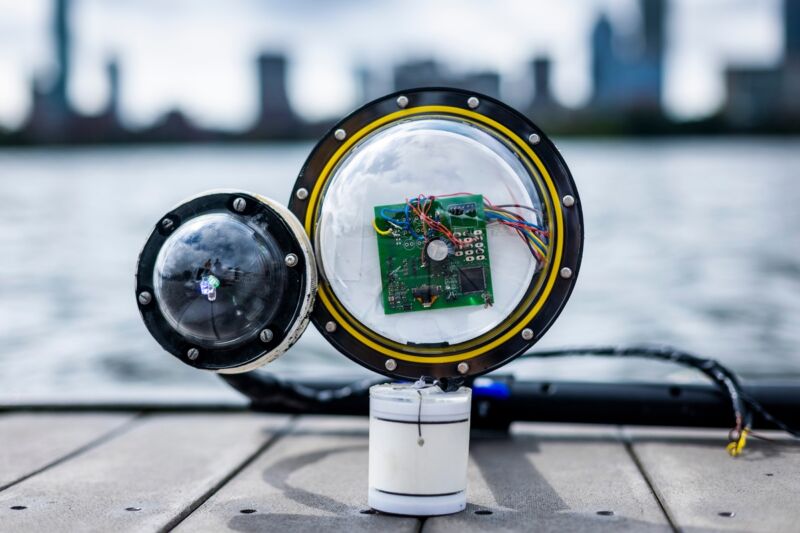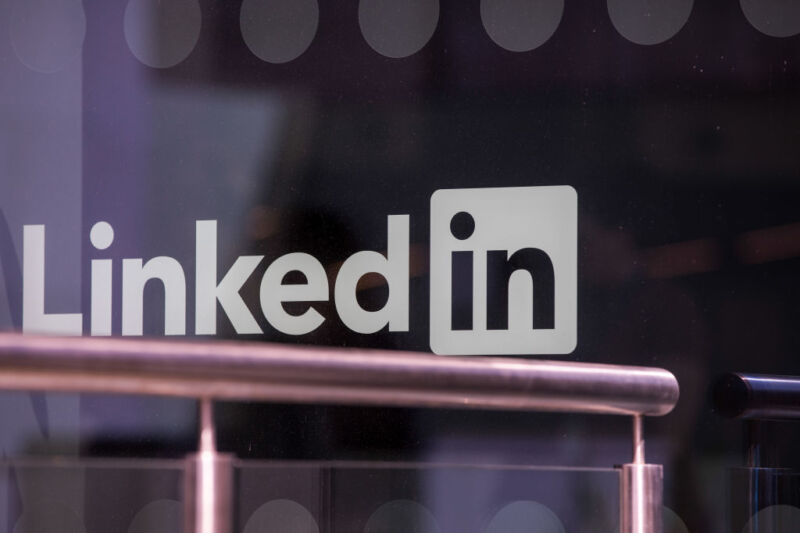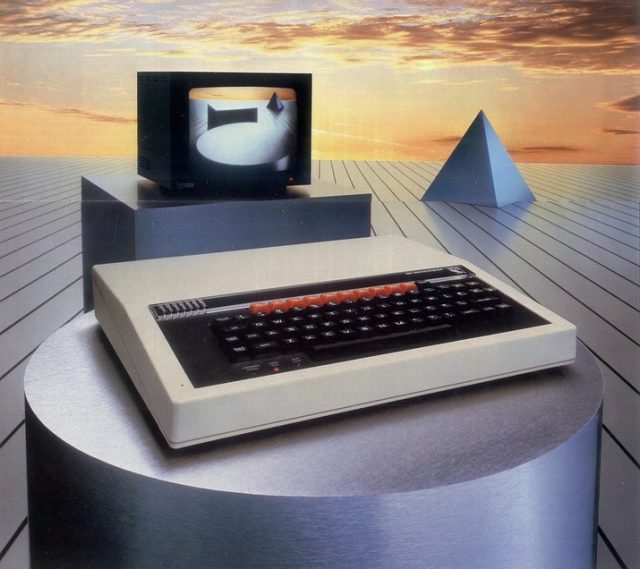Guillermo del Toro's Cabinet of Curiosities is a new anthology series coming this month to Netflix.
So-called cabinets of curiosities—aka wunderkammers ("wonder-rooms")—were hugely popular in the 17th century. They were largely random collections of strange-yet-fascinating stuff, including natural history specimens, archaeological artifacts, religious or historical relics, the odd work of art, and any other quirky item that caught the cabinet creator’s fancy. The concept also inspired auteur director Guillermo del Toro when putting together a new anthology horror series for Netflix: Guillermo del Toro's Cabinet of Curiosities. The streaming platform just dropped the official trailer for the series, and it looks like just the right kind of fright fare to bring some stylishly spooky frissons to the Halloween season.
As we've reported previously, the series was first announced in 2018 and features eight episodes written and directed by filmmakers handpicked by del Toro. The list of directors includes Jennifer Kent, who directed 2014's phenomenal The Babadook; her episode, "The Murmuring," is based on an original story by del Toro and features Babadook star Essie Davis (aka Miss Fisher). "Dreams in the Witch House," based on an H.P. Lovecraft short story, is directed by Catherine Hardwicke (Lords of Dogtown, Twilight).
"Graveyard Rats" is directed by Vincenzo Natali (In the Tall Grass, Splice), while Guillermo Navarro (Narcos) directed "Lot 36," also based on an original story by del Toro. Keith Thomas (Firestarter) directed "Pickman's Model," another episode based on a Lovecraft short story; David Prior (The Empty Man) directed "The Autopsy"; Panos Cosmatos (Mandy) directed "The Viewing"; and Ana Lily Amirpour—who directed the exquisite A Girl Walks Home Alone at Night—directed "The Outside."

